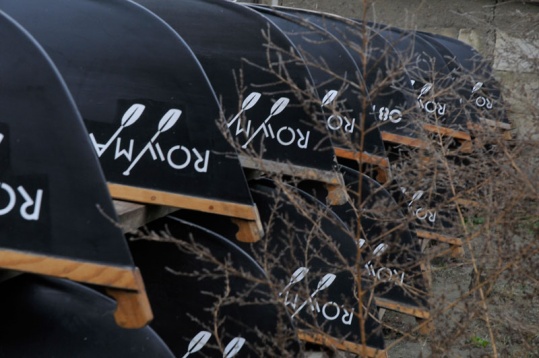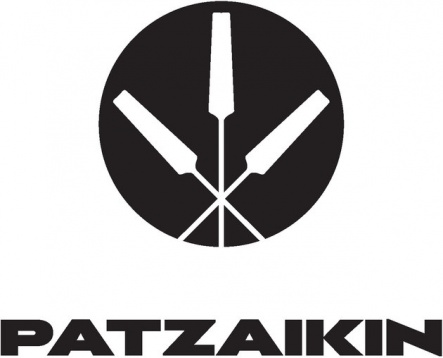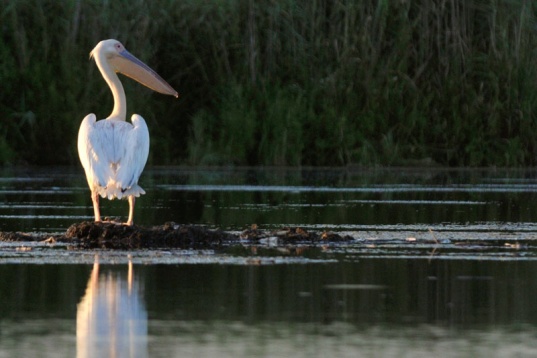HISTORY
SPECIFIC
Since its official launch in November 2011, PATZAIKIN was recognized by its avant-gardist, unique and innovative profile, whose experimental accents are the result of a balanced discourse that aims to reconsider and expand the role of crafts traditions within the local design practices. What makes unique the PATZAIKIN design is its local inspiration, grounded in the fishermen traditions from the Danube Delta, a tribute played to the world-acclaimed canoeist Ivan Patzaichin.
SPACE SYNTAX is a Bucharest-based consultancy practice focusing in city planning and urban design. SPACE SYNTAX worked on numerous urban regeneration strategies and public space development projects for different districts of Bucharest and other Romanian cities. Since 2008 Esenghiul Abdul is running the Space Syntax office.
SPECIFIC
Since its official launch in November 2011, PATZAIKIN was recognized by its avant-gardist, unique and innovative profile, whose experimental accents are the result of a balanced discourse that aims to reconsider and expand the role of crafts traditions within the local design practices. What makes unique the PATZAIKIN design is its local inspiration, grounded in the fishermen traditions from the Danube Delta, a tribute played to the world-acclaimed canoeist Ivan Patzaichin.
2015 // PLUG TO NATURE / THE BIRDS SANCTUARY CARAORMAN
PATZAIKIN collaborated with Space Syntax during 2014 to create a local strategy meant to support the tourism of the Danube Delta and the development of a specific economic and social model. The main challenge of the region is balancing the growth need of the impoverished population living in the area, with the conservation of the valuable and fragile bio-habitat.
The team proposed a strategy based on sustainable modes of transport and specific slow-tourism packages. Three categories of water routes were outlined for public transport, for short day trips and several days visiting circuits, along which service nodes were located in relation to the main human settlements and natural attractions. Within this strategy The Birds Sanctuary is a first area to be developed together with the Romanian Ornithological Society, including man-made breeding platforms, bird watching facilities and tourist facilities.
PATZAIKIN collaborated with Space Syntax during 2014 to create a local strategy meant to support the tourism of the Danube Delta and the development of a specific economic and social model. The main challenge of the region is balancing the growth need of the impoverished population living in the area, with the conservation of the valuable and fragile bio-habitat.
The team proposed a strategy based on sustainable modes of transport and specific slow-tourism packages. Three categories of water routes were outlined for public transport, for short day trips and several days visiting circuits, along which service nodes were located in relation to the main human settlements and natural attractions. Within this strategy The Birds Sanctuary is a first area to be developed together with the Romanian Ornithological Society, including man-made breeding platforms, bird watching facilities and tourist facilities.



















